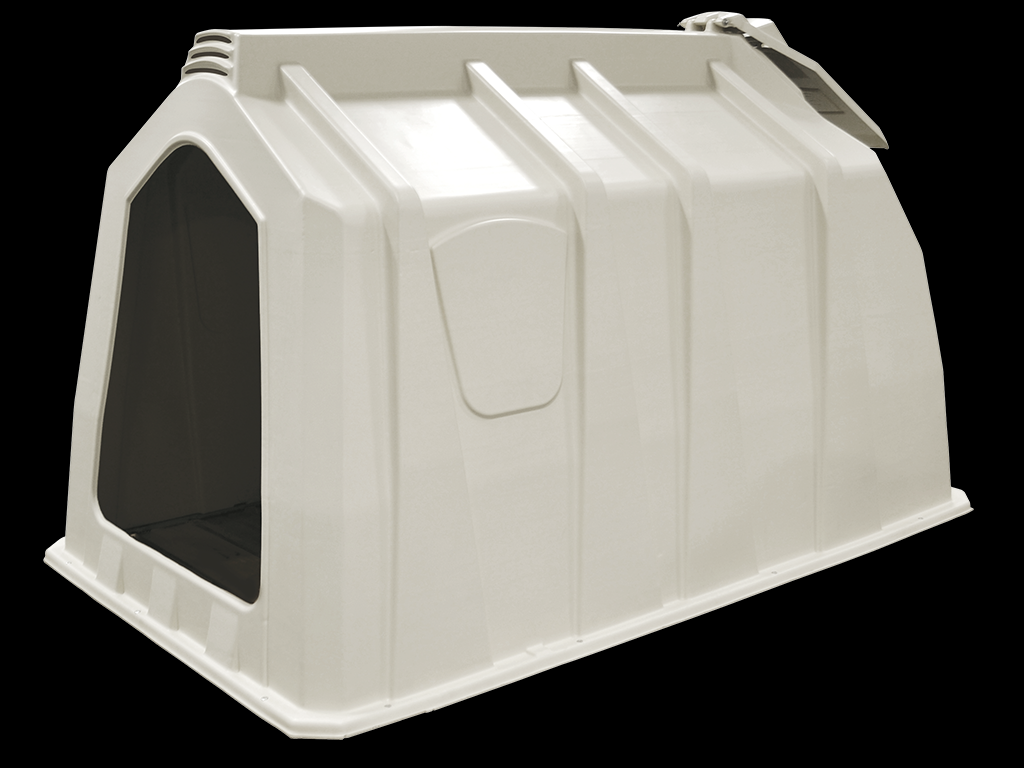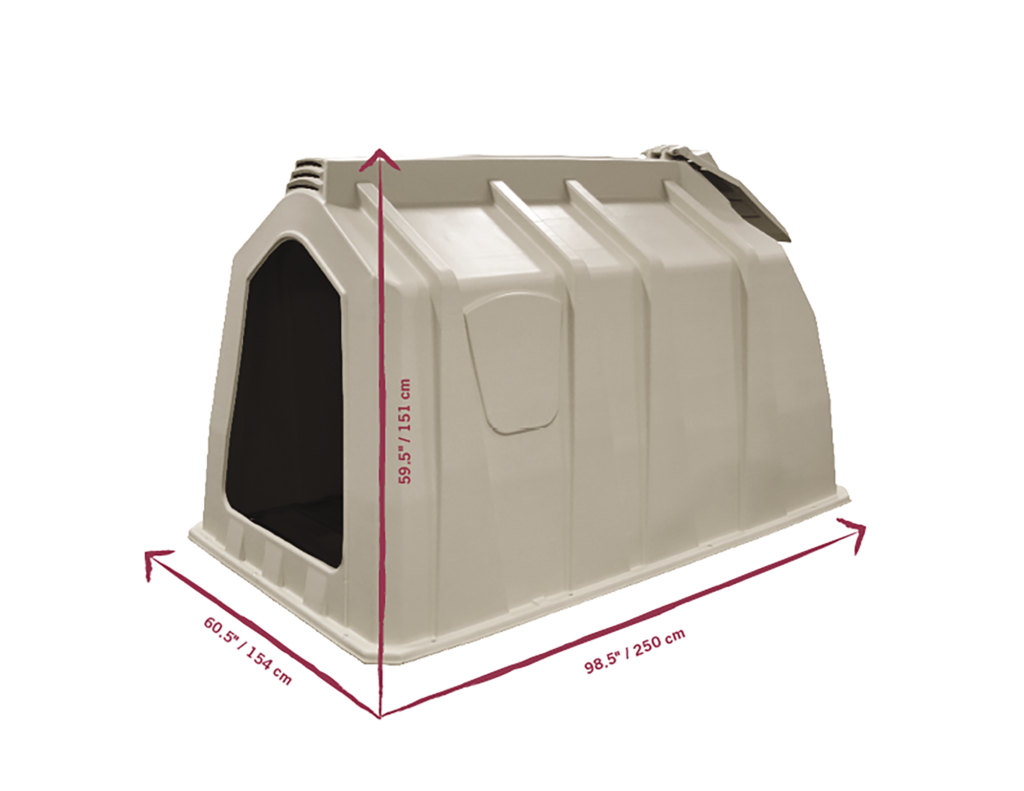Calf Hutch: The Ultimate Solution For Raising Healthy Calves – Click Here To Optimize Your Farm’s Potential!
Calf Hutch: Providing Optimal Shelter and Care for Young Calves
Hello, Fashion Enthusiast! Welcome to our informative article about calf hutch, a crucial element in ensuring the well-being of young calves. In this piece, we will delve into the features, benefits, and usage of calf hutches, shedding light on the importance of this essential structure in the dairy industry.
Introduction
Calves are the future of any dairy farm, and their proper care and upbringing are vital for a successful and thriving herd. Calf hutches play a significant role in providing a suitable environment for these young animals to grow and develop in a safe and secure manner.
2 Picture Gallery: Calf Hutch: The Ultimate Solution For Raising Healthy Calves – Click Here To Optimize Your Farm’s Potential!


A calf hutch is a small, individual housing unit designed specifically for young calves. It offers a controlled and isolated space that promotes optimal health and growth. These hutches are typically made of durable materials such as plastic or fiberglass, ensuring longevity and easy maintenance.
Now, let’s explore the features and benefits of calf hutches in more detail:
1. What is a Calf Hutch? 🏠

Image Source: calftel.com
A calf hutch is a small, individual shelter designed to provide a dedicated living space for young calves. It offers protection from adverse weather conditions, predators, and diseases, creating a safe and comfortable environment for the calves to thrive.
These hutches are designed with proper ventilation systems, ensuring fresh air circulation while preventing drafts. They also have adjustable openings, allowing for temperature regulation according to the calf’s needs.
1.1 Key Features of Calf Hutches:
– Adequate space for calves to move and rest comfortably

Image Source: calftel.com
– Proper ventilation to maintain air quality
– Adjustable openings for temperature control
– Durable construction to withstand weather elements
– Easy-to-clean design for efficient maintenance
– Isolation from adult cattle to prevent diseases and injuries
– Enhanced visibility for monitoring calf behavior and health
2. Who Needs a Calf Hutch? 🐄
Calf hutches are essential for dairy farmers, especially those involved in calf rearing. Whether you have a small-scale or large-scale operation, providing individual housing for young calves significantly contributes to their overall well-being and reduces the risk of diseases.
Additionally, calf hutches are particularly beneficial for calves that are more vulnerable to health issues, such as those born prematurely or with low birth weights. These hutches give them the necessary space and protection to recover and grow without competition from other calves.
3. When Should You Use a Calf Hutch? ⏰
The use of calf hutches is recommended from the moment a calf is born until they are old enough to be transitioned to group housing. This period typically ranges from the first few days up to two months of age, depending on the farm’s specific protocols and management practices.
During this critical phase, calves require individual attention and care to ensure their health, growth, and socialization. Calf hutches provide the ideal environment for achieving these goals.
4. Where Should You Place a Calf Hutch? 📍
The location of calf hutches should be carefully chosen to maximize their effectiveness. Ideally, they should be placed in an area that is easily accessible for daily feeding, monitoring, and cleaning.
The hutches should be positioned on well-drained ground to prevent water accumulation and minimize the risk of mud. Additionally, an open space with adequate sunlight exposure is beneficial for calf health and well-being.
5. Why Are Calf Hutches Important? ❓
Calf hutches offer numerous benefits for both the calves and the farmers. Some of the key reasons why calf hutches are important are:
5.1 Disease Prevention and Biosecurity
By providing individual housing, calf hutches minimize the risk of disease transmission among calves. They prevent direct contact and exposure to pathogens, ensuring a healthier calf population.
5.2 Improved Growth and Development
Calf hutches provide a stress-free and comfortable environment for calves to grow and develop. They have ample space for movement, allowing calves to exercise and exhibit natural behaviors, which ultimately leads to better growth and muscle development.
5.3 Optimal Nutrition and Feeding Management
Feeding management is crucial for calf health, and calf hutches facilitate individual nutrition monitoring. Calves can be fed according to their specific needs, ensuring they receive adequate nutrients for growth.
5.4 Early Detection of Health Issues
The isolated environment of a calf hutch allows for close monitoring of calf behavior and health. Farmers can easily identify any signs of illness or abnormality, enabling early intervention and treatment.
5.5 Transition Readiness
Calf hutches prepare calves for the transition to group housing. By gradually exposing them to social interactions, calves develop essential social skills and adapt to the larger herd environment more easily.
6. How to Properly Maintain a Calf Hutch? 🛠️
Maintaining a calf hutch is essential to ensure its longevity and effectiveness. Here are some tips for proper maintenance:
6.1 Regular Cleaning
Thoroughly clean the hutch between each calf’s occupancy to prevent the spread of diseases. Remove any bedding, disinfect the surfaces, and provide fresh bedding for the next calf.
6.2 Ventilation Check
Regularly inspect the hutch’s ventilation system to ensure proper airflow. Clean or replace air vents when necessary to maintain optimal air quality.
6.3 Structural Inspections
Periodically examine the hutch for any signs of damage or wear. Repair or replace any broken parts to maintain the hutch’s integrity and safety.
6.4 Preventive Measures
Implement preventive measures such as using fly repellents, regularly deworming the calves, and providing adequate bedding materials to promote calf comfort and health.
6.5 Temperature Regulation
Adjust the hutch’s openings according to the prevailing weather conditions to ensure the calf’s comfort. Make sure the calf is protected from both extreme heat and cold.
Advantages and Disadvantages (Pros and Cons) of Calf Hutch
Advantages:
1. Enhanced Biosecurity
Individual housing reduces disease transmission.
2. Improved Growth and Health
Calf hutches provide a stress-free environment for optimal growth and development.
3. Customized Nutrition
Individual feeding allows for precise nutrition management.
4. Early Disease Detection
Close monitoring enables early identification and treatment of health issues.
5. Smooth Transition to Group Housing
Calf hutches prepare calves for the social dynamics of a larger herd.
Disadvantages:
1. Initial Investment
Calf hutches require an initial investment for purchase or construction.
2. Space Requirement
Individual housing demands more space compared to group housing systems.
3. Labor Intensive
Maintaining individual calf hutches requires dedicated time and effort.
4. Limited Social Interaction
Calf hutches restrict social interaction during the individual housing phase.
5. Transition Challenges
Calves may experience stress when transitioning from individual to group housing.
Frequently Asked Questions (FAQs)
1. Are calf hutches suitable for all calf ages?
Yes, calf hutches are commonly used from birth until around two months of age.
2. Can calf hutches be used for sick calves?
Yes, calf hutches provide an isolated and controlled environment for sick calves to recover.
3. How often should calf hutches be cleaned?
Calf hutches should be thoroughly cleaned between each calf’s occupancy.
4. Are calf hutches cost-effective in the long run?
Yes, the benefits of calf hutches, such as improved health and growth, outweigh the initial investment.
5. Can calf hutches be used in cold climates?
Yes, calf hutches can be equipped with insulation and bedding to provide warmth in cold climates.
Conclusion: Invest in Calf Hutches for Healthy and Thriving Calves
In summary, calf hutches are vital for the successful rearing of young calves. They provide a controlled and secure environment that promotes optimal growth, health, and disease prevention. By investing in calf hutches, dairy farmers can ensure the future success of their herds and contribute to the overall well-being of the animals.
Don’t wait any longer – make the decision to incorporate calf hutches into your calf rearing practices and witness the positive impact on your farm’s productivity and profitability!
Disclaimer: The information provided in this article is for educational purposes only and should not be considered as professional advice. Consult with a veterinarian or agricultural specialist for personalized recommendations.
This post topic: Hutch


